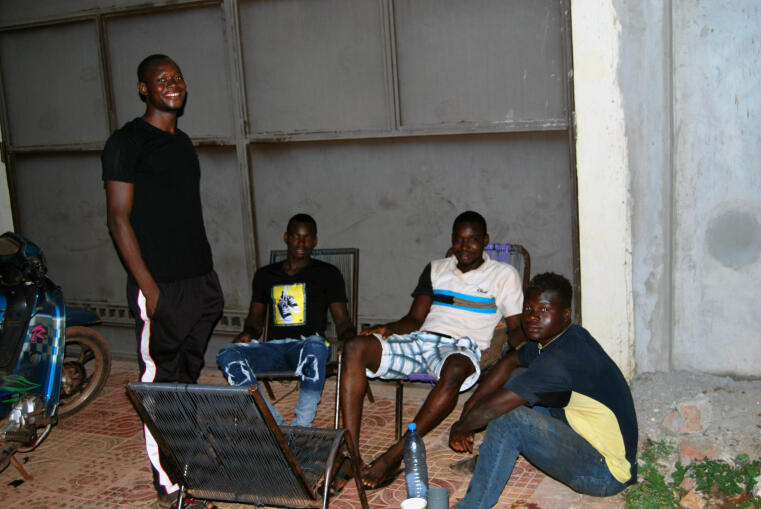Covid-19 in Mali: the imperceptible threat
By Dorothea Schulz

Like other African countries, Mali has seen the emergence of an active rumour mill around Covid-19 in recent months. In everyday conversations, friends, neighbours and family members discuss routes of transmission and the danger of infection from “corona”, speculate on its origin from abroad and the reasons for its prevalence in industrialized countries, or even fundamentally question the existence of the virus and its preponderance in Mali. For example, for weeks, a persistent rumour in the capital Bamako and other cities in Mali had it that Covid-19’s presence in Mali has never been proven; that it was a government ploy to obtain aid funds from international organizations for private enrichment.
As in European societies, the flourishing of these sometimes abstruse theories can be explained, among other things, by the invisibility of the virus and its transmission. The threat posed by the virus cannot be grasped with the human senses. It can only be perceived indirectly and retrospectively, once the virus has already struck and manifests itself in physical symptoms. To many Malians, even these symptoms, especially coughing, sneezing, fever, are no clear evidence. After all, the rainy season, which started in Mali in late May, makes cold symptoms the rule rather than the exception. And the number of cases of malaria, and thus of those suffering from fever, also rises exponentially during this season, since soil moisture facilitates the reproduction of the Anopheles mosquito, which is responsible for transmitting malaria.
The indeterminate nature of physical indicators of coronavirus infection reinforces people’s feeling of being threatened at any time, from anywhere and by anyone. The result is a highly charged mixture of generalized social anxiety and simultaneous refusal to acknowledge the existence and threat of the virus. There are parallels here, but also significant differences, with regard to the HIV virus, which has also had devastating consequences in Mali over the last 30 years. Although initially just as invisible and imperceptible in its transmission, the destructive power of HIV-II could be traced back to physical symptoms such as extreme thinness and weakness. In the case of corona, however, many skeptics point to the observation that those who recover from Covid-19 look healthy and often even well-fed. At the same time, the indeterminacy of the symptoms associated with Covid-19 makes it impossible even for skeptics and deniers to disprove once and for all the prevalence of the virus in Mali. In this way, the illegibility of corona exacerbates existing social and political mistrust.

